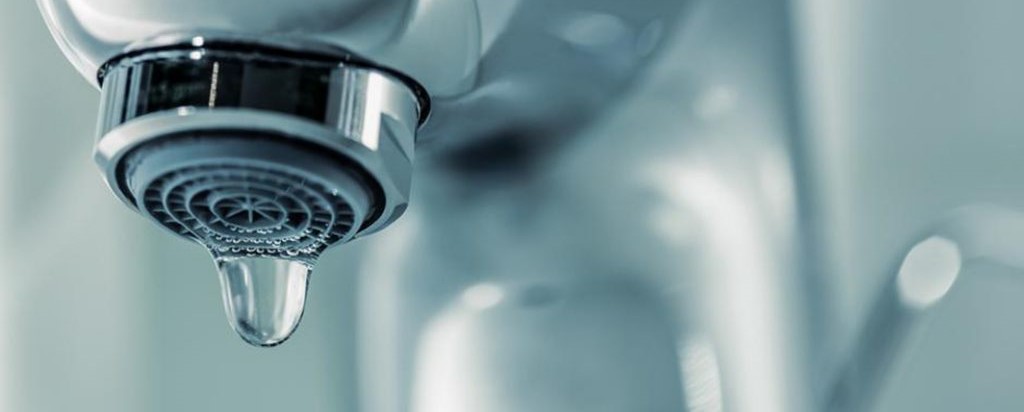6 Most Common Origins of Water Leaks in Your Home: A Guide
6 Most Common Origins of Water Leaks in Your Home: A Guide
Blog Article
What're your insights and beliefs about Top Causes of Home Water Leaks?

Leakages not only cause waste of water but can also create unneeded damages to your residence and also promote unwanted organic growth. Sadly, water leaks might go unnoticed considering that the majority of the pipework in our house is concealed. By recognizing and looking for day-to-day scenarios that cause leakages, you can shield your house from future leakages as well as unneeded damage. Today, we will look at 6 leakage causes that may be creating your pipelines to trickle.
Instant temperature level modifications.
Severe temperature changes in our pipes can trigger them to broaden and get suddenly. This growth as well as tightening may create fractures in the pipelines, specifically if the temperature level are below freezing. It would be best if you kept an eye on exactly how your plumbing functions. The existence of the previously mentioned conditions often suggests a high threat.
Rusty water systems
This might be the cause of discoloration or bending on your water pipes. If our plumbing system is old, think about replacing the pipes since they are at a greater danger of rust than the newer versions.
Malfunctioning Pipe Joints
Pipeline joints can wear away over time, resulting in water leakages. If you have loud pipelines that make ticking or banging sounds, particularly when the hot water is turned on, your pipe joints are possibly under a whole lot of stress.
Elbowing in origins
The majority of water leakages start outside the house rather than inside it. If you see an abrupt decline in water stress, state in your tap, take time to head out as well as examine your yard. You might notice damp spots or sinkholes in your yard, and that could indicate that tree roots are invading water lines causing water to permeate out. You can have your plumber check for intrusion, specifically if you have trees or bushes near your building.
Poor Water Connectors
At times, a leak can be created by loose pipes and pipelines that supply your devices. In case of a water links leakage, you may see water running directly from the supply line or pools around your appliances.
Obstructed Drains
Clogged drains pipes could be frustrating and inconveniencing, however they can sometimes wind up creating an overflow leading to rupture pipelines. Keep eliminating any kind of materials that might drop your drains that might obstruct them to avoid such hassles.
All the above are sources of leakages however not all water leakages result from plumbing leaks; some leaks may originate from roof leakages. All leakages need to be repaired right away to stay clear of water damages.
Leaks not only trigger waste of water yet can additionally cause unnecessary damage to your house and also advertise undesirable natural development. By recognizing and looking for daily circumstances that create leaks, you can safeguard your house from future leaks as well as unneeded damages. Today, we will certainly look at 6 leakage causes that may be causing your pipes to drip.
At times, a leak can be caused by loose pipes as well as pipelines that provide your home appliances. In situation of a water links leakage, you may see water running straight from the supply line or pools around your devices.
How To Check For Water Leak In Your Home
How To Check for Leaks
The average household's leaks can account for nearly 10,000 gallons of water wasted every year and ten percent of homes have leaks that waste 90 gallons or more per day. Common types of leaks found in the home are worn toilet flappers, dripping faucets, and other leaking valves. These types of leaks are often easy to fix, requiring only a few tools and hardware that can pay for themselves in water savings. Fixing easily corrected household water leaks can save homeowners about 10 percent on their water bills.
To check for leaks in your home, you first need to determine whether you're wasting water and then identify the source of the leak. Here are some tips for finding leaks:
Take a look at your water usage during a colder month, such as January or February. If a family of four exceeds 12,000 gallons per month, there are serious leaks.
Check your water meter before and after a two-hour period when no water is being used. If the meter changes at all, you probably have a leak.
Identify toilet leaks by placing a drop of food coloring in the toilet tank. If any color shows up in the bowl after 10 minutes, you have a leak. (Be sure to flush immediately after the experiment to avoid staining the tank.)
Examine faucet gaskets and pipe fittings for any water on the outside of the pipe to check for surface leaks.
Undetected water leaks can happen without the home or business owner even realizing. If you suspect a water leak, but not able to find the source. It is time to contact a professional water leak detection service, The Leak Doctor.
How To Find a Water Leak In Your Home
https://www.leakdoctor.com/blog/How-To-Check-For-Water-Leak-In-Your-Home_AE197.html

I was shown that write-up about Most Common Causes of Leaky Pipes through an associate on another web address. So long as you enjoyed reading our blog entry please make sure you remember to pass it around. Thank you for taking the time to read it.
Phone Report this page